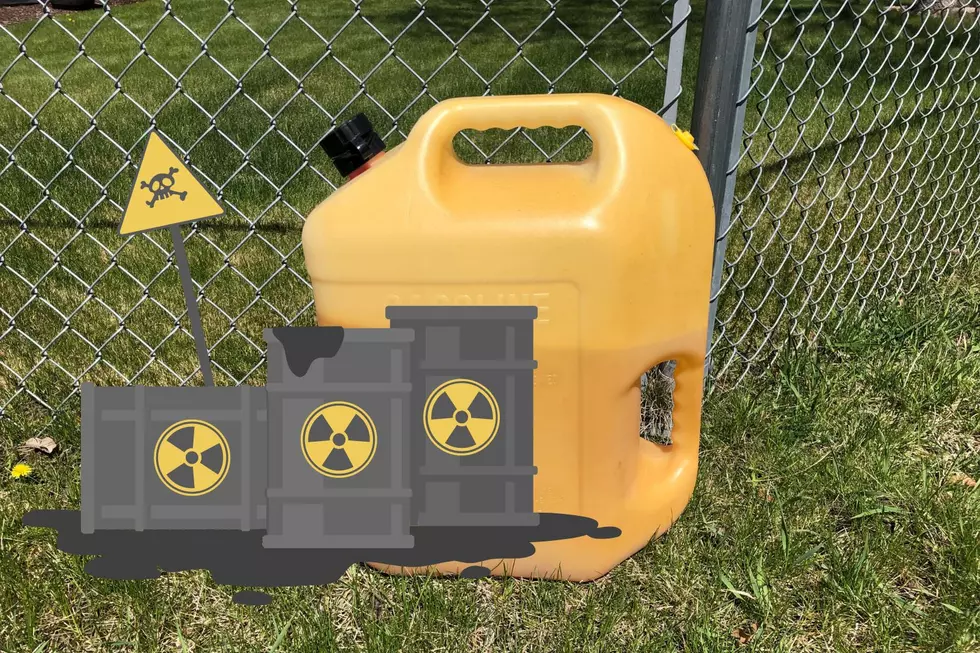
Scientists Report Yellowstone Supervolcano Bigger Than Previously Thought
The world's authority on Yellowstone National Park’s supervolcano says it's more than twice as big as scientists once thought.
Millions of people visit Yellowstone each year to see its geysers, fumaroles, hot springs and mud pots. It's the largest concentration of thermal features in the world.
The park sits on top of the world's largest active volcano -- the supervolcano. Its most recent eruption was more than 600,000 years ago. All that remains is the top, or caldera.
A map of the park with an overlay of the caldera shows it’s huge.
"Anytime you come to Yellowstone you have to drive uphill,” explained supervolcano scientist Dr. Robert Smith. “And the reason is this giant plume of magma is very hot, therefore it's ebullient, it’s low density and it just lifts the surface up."
Smith has been studying Yellowstone's earthquakes and its supervolcanoes for almost 60 years.
"And these giant eruptions in Yellowstone – the supervolcano, if you wish -- probably last many, many months, maybe even years," Smith said.
Not only that, they're huge, thousands of times as large as Mount St. Helens.
Smith and his students use seismographs to map the magma pool underneath Yellowstone's volcano and satellites to determine how much the land swells or bulges.
They found that the magma is, "2.5 times larger than we had originally imaged," Smith said.
The magma movement is signaled by earthquakes.
Smith mentioned the 4.8 magnitude Norris-area earthquake that damaged Lake Hotel last spring. "It's the biggest earthquake in 30 years."
So, how likely is it that the big one will blow soon?
"If we were to have another big eruption, it would affect a large area, on the order of several states,” Smith said. “But, as I said, that probability is very, very, very, very small. In my calculations, it's .0001 percent."
Smith says the magma pool isn't getting bigger. His team added more seismographs, and they're getting a clearer picture of the magma.
More From Newstalk KGVO 1290 AM & 98.3 FM









